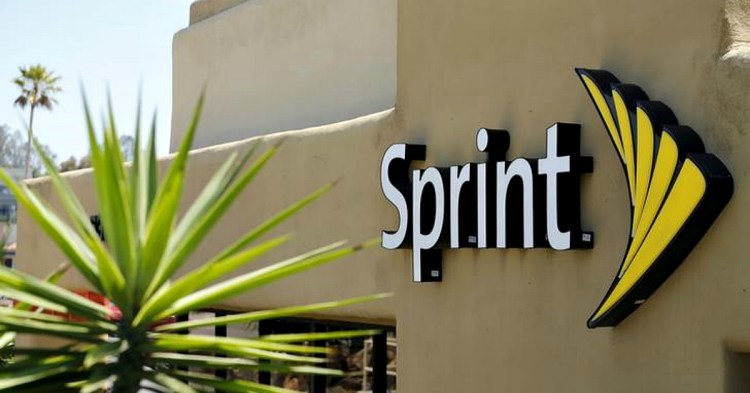Prior to the announcement of Sprint’s merger with T-Mobile, now-outgoing CEO Marcelo Claure told customers to expect higher 5G prices, and T-Mobile downplayed expectations for its initial 5G speeds. But Sprint’s new president and incoming CEO Michel Combes had some good news to share this week: Customers can expect higher speeds and lower prices if the merger goes through.
Speaking at the J.P. Morgan Global Technology, Media, and Communications Conference this week, Combes told analysts (via SeekingAlpha) that the merger is “pro-competition,” not reducing it. He explained that the combined company will have “the ability to invest massively in 5G and to reduce cost to carry data and hence to reduce our pricing for the customers.”
Part of the savings will come from merging into one network and eliminating overlapping cell towers, while the other part will come from achieving greater economies of scale. “We have always been disruptors, and we intend to remain,” Combes said. “So this scale will allow us to turbo charge this entire strategy which has been highlighted on different occasions by T-Mobile.”
Sprint originally planned to operate its own 5G network, but the combined companies’ spectrum assets will put the “new T-Mobile” in a better position to compete nationally and globally. On the Sprint side, using midband 2.5GHz spectrum for urban and suburban 5G is similar to the global trend towards leveraging adjacent 3.5GHz spectrum, making it easy for handset and network equipment suppliers to offer compatible hardware. T-Mobile’s rural-ready low-frequency 600Mhz spectrum and dense urban millimeter wave spectrum will let the merged company hit all types of U.S. customers, including some — like fixed 5G home broadband users — who would have been passed over before.
June 5th: The AI Audit in NYC
Join us next week in NYC to engage with top executive leaders, delving into strategies for auditing AI models to ensure fairness, optimal performance, and ethical compliance across diverse organizations. Secure your attendance for this exclusive invite-only event.
Combes waxed positive on the topic of speed, but there are a couple of caveats. “We intend within four to five years to reach 450 meg average speed per subscriber,” he said, compared with today’s “average speed on 4G [of] 30 [megabits per second]”. By 2022 or 2023, Combes estimated that “probably half of the customers will migrate to 5G by that time. And will experience the type of speed that I’ve mentioned to you, 15X what we have today.”
A just-published OpenSignal report suggests that Sprint has a very long way to go before it touches Combes’ speed numbers — even now. Sprint ended 2017 with an actual average speed of only 10.2Mbps, up 1.8Mbps for the year. That’s only a third of today’s international 4G average, and around half of T-Mobile’s current average.
The other caveat is obviously time. What currently looks like radically increased performance four or five years down the line will likely seem tame by then, given the rapidly changing competitive landscape for next-gen broadband services. Verizon and AT&T are actively discussing 1-gigabit speeds for their initial 5G deployments, while 5G chipmakers are suggesting that initial devices will launch with either 2- or 4-gigabit hardware maximums. So while a 15 times improvement could help Sprint and T-Mobile stay in the race, they may well fall short of the peak speeds offered by rivals.
Until and unless the merger goes through, however, Sprint needs to remain competitive on its own. Combes said that over the coming quarters, the company will be ending “some of the very aggressive promotions that we have done in the past,” pushing up prices for customers who started on short-term discounts and introducing new promotions that won’t be as skewed toward offering free lines of service. Given Sprint’s current speed challenges and low likelihood of remaining independent, it remains to be seen whether old customers will stick around or if new customers will continue to sign up at higher prices.

